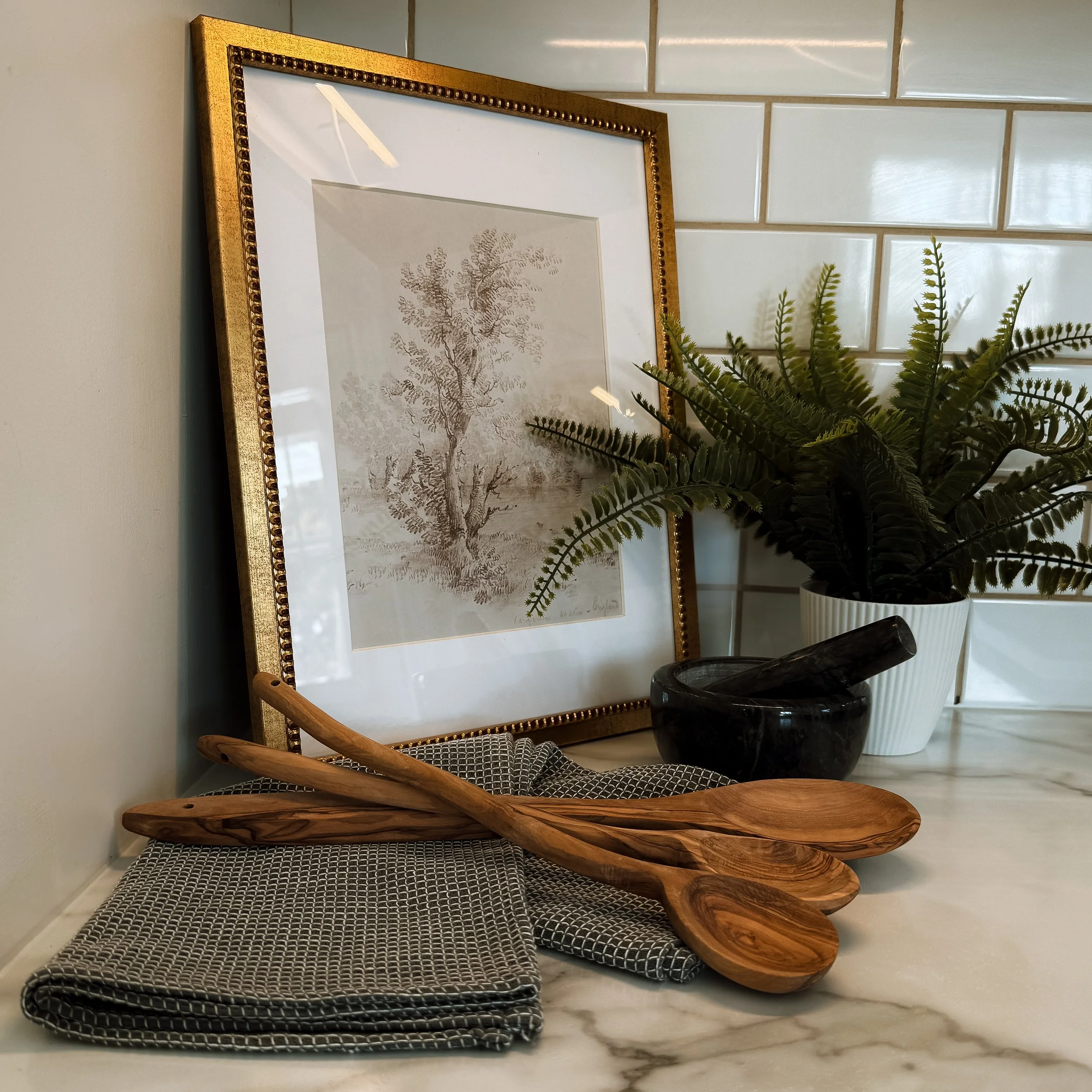Remember, staging is not decorating. Yes, there’s a decorating component to the overall process; however, it goes beyond just placing pretty items. It’s more about the function of your home and making it an appealing, neutral space for buyers.
Here’s are 5 changes that a home stager will recommend you do in order to maximize your home’s potential:
#1 - Purge clutter
As the adage goes, ‘you can’t sell it if you can’t see it’. Buyers get an immediate vibe within seconds of walking into your home. If they see clutter, they will want to leave … simple as that. This task may be daunting for some homeowners but it’s on the ‘must do’ list when it comes to selling. If you need to delay listing to get this done, it will be well worth it in the end. Not only does it create a clean, welcoming space but it also sends the message to the buyer that you take pride in your home (which translates to it being well cared for).
#2 - Move furniture to improve flow
Sellers get used to living in their home a certain way, which often means with too much furniture, improper flow and just generally not functional. A stager objectively looks at every space and will reposition, remove, or add furniture to improve the flow and look.
#3 - Neutralize your colour palette
Stagers will often suggest painting the walls a soft colour to brighten and enlarge the space. Key for buyers is ‘move-in condition’. Wall colour is a big factor in determining whether they will be able to move in and feel comfortable living with the colour as is OR whether they will need to make changes (which translates to a lower offer).
#4 - Box up your ‘stuff’
Remember your teacup collection may not be their ‘cup of tea’ so to speak. In general, any collection of items looks cluttered and is distracting for buyers. Pack them away!
#5 - Upgrade your bedding
Bedrooms should always look restful, cozy and luxurious. It’s a universal appeal which is why it’s worth putting the extra effort into changing the bedding, adding in lots of texture and layers via pillows, blankets and throws.
For more information on my home staging services, visit www.flairstyleco.com














